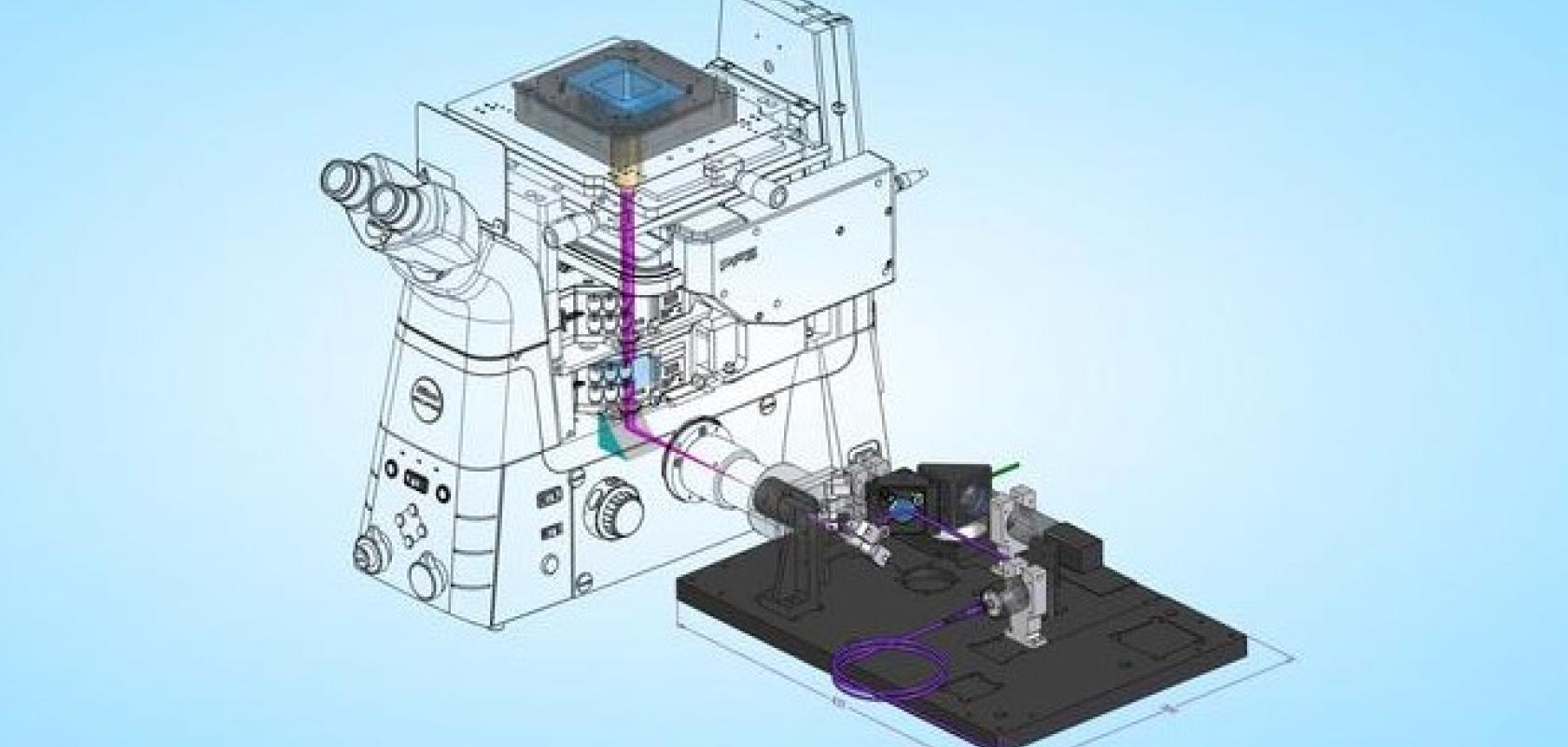A new system has been developed that aims to make 3D nanoprinting more accessible and cost-effective.
The 3D nanoprinting system, developed by researchers from the Zhejiang Lab and Zhejiang University – both in China – can create arbitrary 3D structures with extremely fine features. Fine enough, the researchers say, to print metamaterials, as well as a variety of optical devices and components such as microlenses, micro-optical devices and metamaterials.
Our system uses a two-step absorption process to realise 3D printing with accuracy reaching the nanometer level, which is suitable for commercial manufacturing,” said research team leader Cuifang Kuang. “It can be used for a variety of applications such as printing micro or nanostructures for studying biological cells or fabricating the specialised optical waveguides used for virtual and augmented reality devices.”
The new system, detailed in Optics Letters, is based on an integrated fibre-couple continuous-wave laser diode, which the researchers say is far less expensive than conventional pulsed femtosecond lasers, as well as easy to operate.
“This new approach helps make 3D nanoprinting accessible to scientists, even ones who are not familiar with the optical systems typically used for this type of fabrication,” said Kuang. “It could eventually lead to low-cost desktop 3D nanoprinting devices that could offer precision nanoprinting to anyone.”
The researchers demonstrated their 3D nanoprinting system by using it at low speeds to print 2D line gratings and 3D woodpile nanostructures with a lateral period of 350 nm. Using a faster scan speed of 1000 microns per second, 2D gratings with sub-200-nm resolution and sub-50-nm linewidth can still be fabricated with laser power less than 1mW, the team says.
“The simple system does not need a large number of optical components to modulate the laser beam, which saves money and produces less optical aberrations, or errors,” said Kuang. “It is also highly stable and compatible with most commercial microscopes.”


